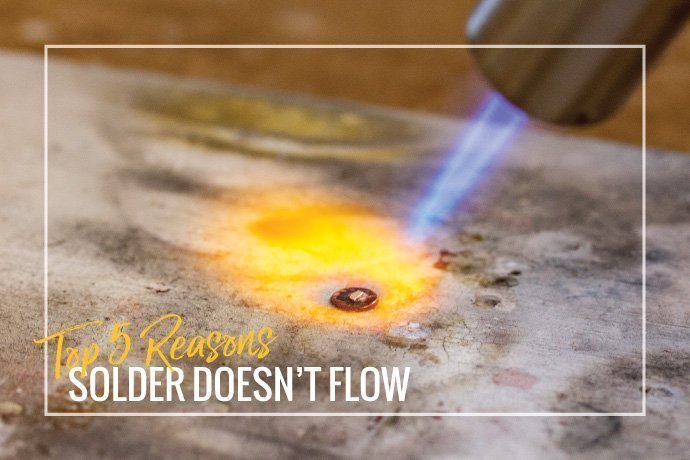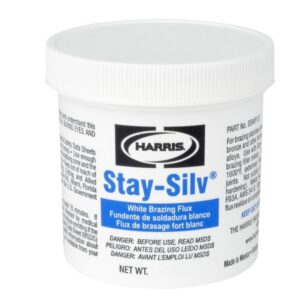How To Clean Flux Residue After Silver Soldering
Brushing or swabbing the brazed area in conjunction with the water quench may help remove stubborn residue.
How to clean flux residue after silver soldering. Chemical cleaning - You can use an acidic or basic solution generally with short soak times to avoid deteriorating the base materials. You can submerge the assembled board in a container that is filled with this and agitate it for some 30 sec. Using any water based cleaner such as Detergent 8 Low-Foaming Ion-Free Detergent will result in the formation of a white insoluble residue in the presence of heavy metals such as lead or even tin along with burned acids from rosin or other acid activated solder fluxes.
There are also several brands of chemical cleaners specifically designed to clean flux goop. Flux also helps to wet the parts of the materials that are being joined together. With the more aggressive flux types if not removed they will etch the copper over time making a weak point so wiping them off is a good idea.
This Rosin flux will NOT be removed with water. Cleaning the flux residue. For example if somebody uses the wrong flux or a solder paste that has not been properly stored or is past its expiration date white residues can result.
Apply some CJs and using a soft to medium bristle brush or a clean soft rag scrub the project thoroughly. No need to add acid or other ingredients. Other surface oxides are easier to remove and for these the jeweler can use an acid solution commonly called pickle which will also remove the residue of flux at the same time.
One way to fix this problem is to lower the temperature when soldering. Mechanical cleaning - Clean residue from brazed joints with a wire brush or by sandblasting. It gets rid of any remaining impurities such as metal oxides and leaves no flux residue after cleaning.
Using a paint brush cleaner works for cleaning flux residue too. Care should be taken in. This will leave a while crystalline residue commensurate with the flux residue surrounding the SMT components.


















